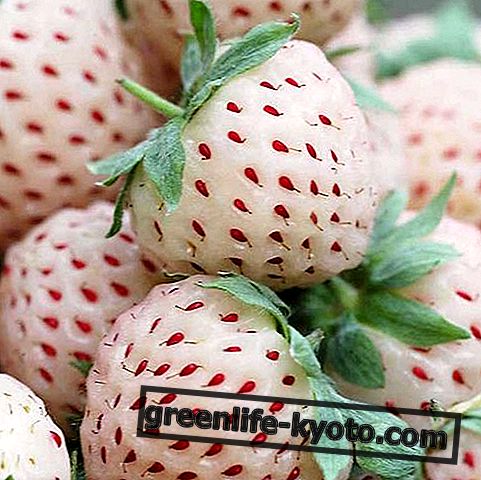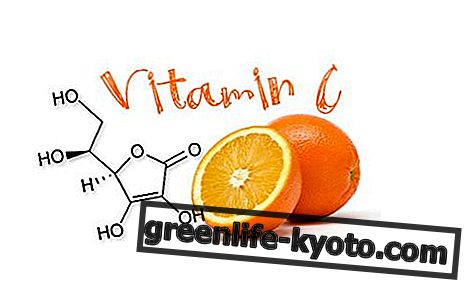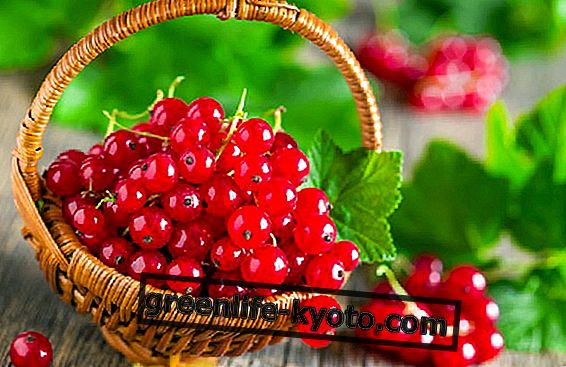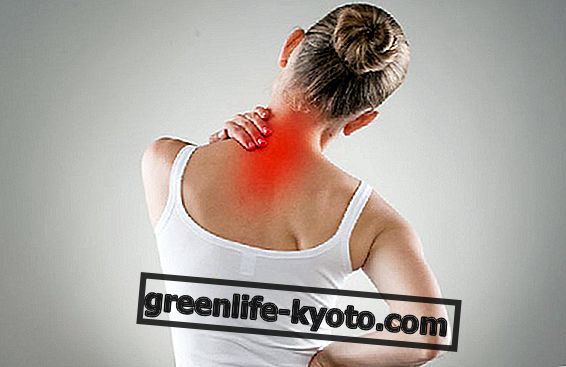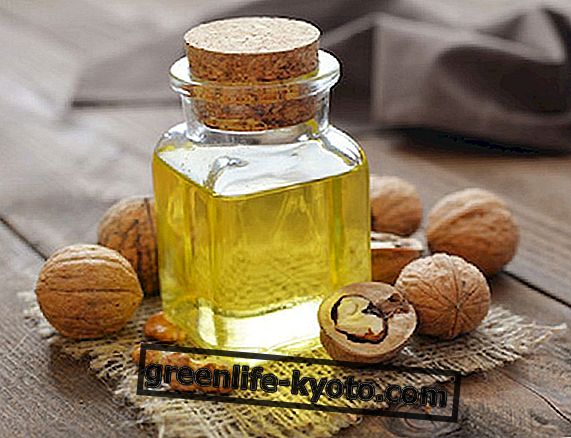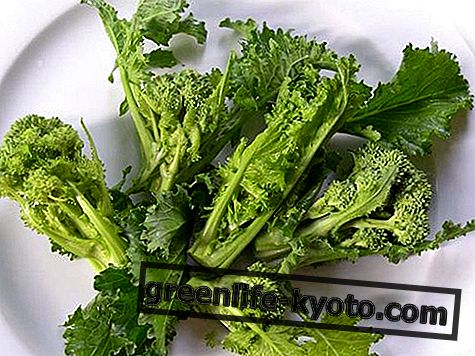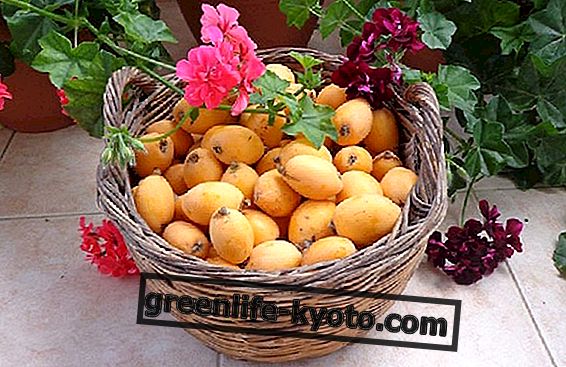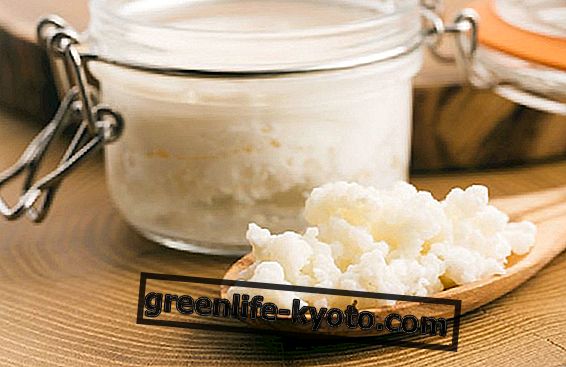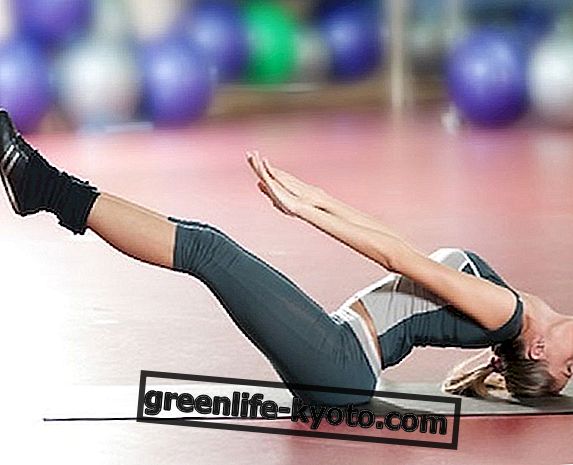
Are you looking for ecological and economical alternatives for washing dishes ? In this article we will see if it is possible to wash the dishes without detergent or decrease the amount of detergent used, what the detergents for dishes contain and possibly how to replace them with alternatives that respect the environment and the wallet.
Washing dishes without detergent, is it possible?
For some time now online and in various books there are recipes for washing dishes without detergent, using do-it-yourself preparation based on lemons and salt or bicarbonate, vinegar or Marseille soap dissolved in water.
These preparations are perhaps more ecological and cheaper than the detergent for dishes that we find at the supermarket but they have a great defect: they do not wash, or rather, they do not have a degreasing action comparable to a dish detergent.
If you have experimented with one of these recipes you will have noticed that they work well on ceramic plates and cups, slightly dirty cutlery and glasses, while on a plastic container soiled with oil or a greased pan, they have the same washing power of water hot: in fact, lemon, vinegar or baking soda are not very useful when dealing with greasy dirt.
How can we wash dishes without detergent? Let's start to understand what a dish detergent contains and why it works and then see if there are natural, ecological and effective alternatives to dish detergent.
Dishwashing detergent: what it contains and how it works
Dishwashing detergent, as well as detergents and detergents in general, owes its washing action to molecules contained in it called surfactants.
An example of a surfactant is soap which, from the chemical point of view, is a salt of fatty acids: for example, by reacting the triglycerides present in a vegetable oil with a strong base such as sodium hydroxide (also called caustic soda) it occurs a hydrolysis of the triglycerides contained in the oil, ie a breakdown of the triglyceride molecules.
The free fatty acids will then bind to sodium and as a final result you will have soap, an anionic surfactant.
Surfactants are molecules consisting of a hydrophilic or polar portion - that is akin to water - and a hydrophobic or apolar portion - that is, akin to fat, and therefore to dirt. By acting on the surface tension of the water and on the interfacial tension, surfactants facilitate the phenomena of wettability, emulsification and removal of dirt.
In practice, surfactants bind to dirt thanks to interactions between their apolar portion and dirt molecules and create interactions with the water that binds to their hydrophilic portion: through then the mechanical action exerted by the water jet in the dishwasher or sponge in hand washing, the dirt is dragged away.
The surfactants are not all the same : for example, Marseille soap is effective for washing leather, laundry and washable surfaces in the house, but no appreciable results are obtained when washing dishes, especially if they are very greasy.
Based on their chemical structure of the various surfactants, the relationship between their hydrophilic and hydrophobic portion and in relation to the positive, negative or neutral charge present in the polar portion, the surfactants can be distinguished from each other, have different functions and be more or less degreasing: some surfactants are aggressive detergents and are used in the production of household detergents, others more delicate are used to formulate detergents for personal hygiene, others are disinfectants and still others are used as emulsifiers in cosmetic products.
Ecological alternatives to dish detergent
Now that we have seen how surfactants work, we know that to replace dish detergent we will need substances capable of reducing the surface tension of water and interfacial tension - that is, the voltage that is created at the interface between two different substances such as oil and water - and that it is also capable of binding itself to water and dirt.
There are plants that contain a fair percentage of molecules called saponins : saponins behave like surfactants, reducing water tension and producing a fairly stable foam.
Saponins are secondary metabolites of some plants and from a chemical point of view they are glucosides formed by the union of a lipophilic portion and a hydrophilic portion, made up of sugars.
An example of a plant that contains saponins is Quillaia, also called "Panama Wood".
The dried bark of Quillaia saponaria contains about 10% of saponins and is used for the production of detergents. To use the Quillaia for washing dishes it is sufficient to prepare a decoction with 100 grams of Quillaia bark in 900 milliliters of water, to be left to infuse for fifteen minutes.
Once filtered, the warm decoction can be used to wash dishes .
Another plant that contains saponins with a cleansing action is Sapindus mukorossi which produces the famous "Soap Nuts": as for Quillaia, it is possible to prepare a decoction with about ten soap nuts in a liter of water; the decoction, left to cool, is then filtered and can be used to wash the dishes.
Both the soap nuts and the Quillaia do not give results like the traditional dish detergent on very dirty dishes, but they are certainly more effective than the various preparations without a real cleaning power.
How to save on the use of dish detergent
We have seen that for lightly soiled crockery it is possible to opt for a wash without detergent, using Quillaia or Noci soap decoction.
In addition to trying to replace dish detergent, it can be useful to learn how to save on the amount of detergent used, with some changes: for example, before washing the dishes, it is useful to place the dishes in a basin with very hot water, even better if it is the pasta cooking water; to save on the amount of detergent, it may be helpful to add a couple of tablespoons of white wine vinegar to the water in which the dishes are soaking, so the dishes will be easier to degrease and food odors will be eliminated more easily .
For very greasy dishes for which detergent is necessary, we choose a concentrated ecological detergent, even better if bought in bulk, and use a small amount without wasting it.
